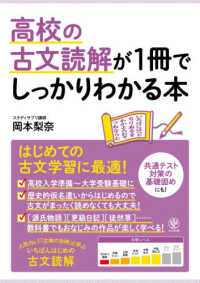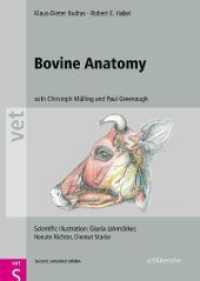基本説明
ICRP Publ. 109 日本語版・JRIA暫定翻訳版http://www.jrias.or.jp/index.cfm/6,15290,76,html
This report was prepared to provide advice on the application of the Commission's 2007 Recommendations. The advice includes the preparedness for, and response to, all radiation emergency exposure situations defined as: 'situations that may occur during the operation of a planned situation, or from a malicious act, or from any other unexpected situation and require urgent action in order to avoid or reduce undesirable consequences’. An emergency exposure situation may evolve, in time, into an existing exposure situation. The Commission’s advice for these types of situation is published in two complementary documents (that for emergency exposure situations in this report, that for existing exposure situations following emergency exposure situations in a forthcoming report entitled ‘Application of the Commission's recommendations to the protection of individuals living in long-term contaminated territories after a nuclear accident or a radiation emergency').
The Commission’s 2007 Recommendations re-state its principles of justification and optimisation, and the requirement to protect against severe deterministic injury, as applying to emergency exposure situations. For the purpose of protection, reference levels for emergency exposure situations should be set in the band of 20–100 mSv effective dose (acute or per year). The reference level represents the level of residual dose or risk above which it is generally judged to be inappropriate to plan to allow exposures to occur. The Commission considers that a dose rising towards 100 mSv will almost always justify protective measures. Protection against all exposures, above or below the reference level, should be optimised.
Full Description
This report was prepared to provide advice on the application of the Commission's 2007 Recommendations. The advice includes the preparedness for, and response to, all radiation emergency exposure situations defined as: 'situations that may occur during the operation of a planned situation, or from a malicious act, or from any other unexpected situation and require urgent action in order to avoid or reduce undesirable consequences'. An emergency exposure situation may evolve, in time, into an existing exposure situation. The Commission's advice for these types of situation is published in two complementary documents (that for emergency exposure situations in this report, that for existing exposure situations following emergency exposure situations in a forthcoming report entitled 'Application of the Commission's recommendations to the protection of individuals living in long-term contaminated territories after a nuclear accident or a radiation emergency').
Contents
Abstract Editorial Executive summary 1. Introduction 2. Scope of this advice 3. Objectives of protection in emergency exposure situations 4. Protection of emergency workers 5 Description of emergency exposure situations 6 Applying the Commission's System to emergency exposure situations 7. Arrangements for emergency exposure situations 8. Implementing protection strategies 9. Transition to rehabilitation References Annexes: A. Assessment of the contribution of different exposure pathways to the residual dose B. Characteristics of selected individual urgent protective measures C. Specific guidance for the termination of protective measures ADDITIONAL MATERIAL The history of ICRP and the evolution of its policies by Jack Valentin and Roger Clarke








